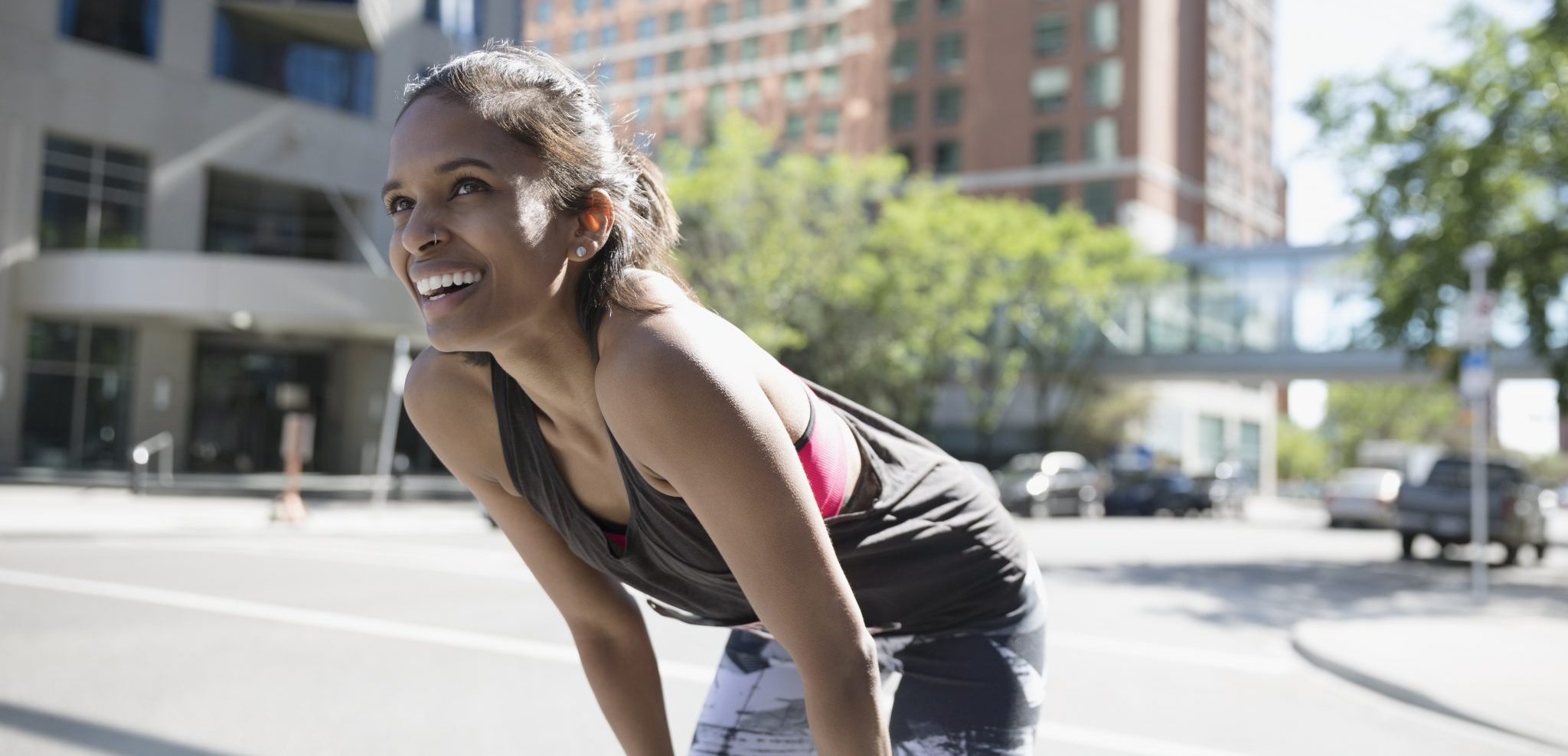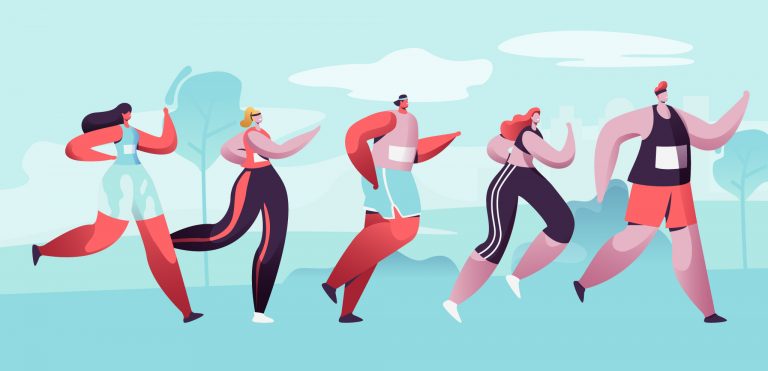Let’s say you’re sweating from head to toe, as you’ve just aced yet another running session. What you do after a run has a long-term effect on your performance and health in general. Because sometimes you neither see any progress nor you experience the promised pleasant muscle soreness and your whole body hurts instead. It can easily happen because you keep neglecting these important post-running habits:
1. Reflect
Among all the good things to do after a run this one beats them all. Pause for a second to think about the progress you’ve made today. Looking back on your workout days helps to see how far you’ve come. Think why this run was more challenging compared to the previous time. Pay attention to the factors that keep you from making headway. If you have a setback, don’t beat yourself too much about it. These things happen.
Reflecting on your running sessions, you give them more meaning and keep them consistent.
2. Exercise
Don’t forget to exercise some more to slowly but surely reduce muscle tension.
Any exercise you can think of focused on stretching will do just fine. A 10-minute set of arm-circles, bent-overs, jumping jacks, high knees, sweep kicks help strengthen your muscles and keep your blood moving. In addition to the released muscle soreness the stretching exercises help maintain flexibility. Which is never a bad thing.
Gentle stretching eases your body into a pain-free state faster. Also, on a plus side, it’s your insurance against future strains and injuries.
3. Cool down
Some of us get into a car or sit on a bench right after a run forgetting that cool-downs are no less important than warm-ups. The former lay the groundwork for a productive cardio, whereas the latter is your repairing time that secures the desired effect.
To cool down is pretty much the best thing you can do after a run. When you run your muscles and joints work double shift. So, if you forget to cool down, you effectively skip a recovery phase. Hence, risk to prolong your muscle pains.
When you abruptly stop doing cardio, your muscular and nervous systems don’t have enough time to adapt. That’s why it’s important to gradually slow down the pace closer to the end and enjoy a brisk walk for a little while. For at least five minutes to be exact. Better if you make it fifteen. A walking follow-up brings back your normal breathing, as well as it regulates your blood flow, decreases heart rate and reduces blood pressure.
Also, you may want to hit the sauna or soak your sore muscles in a hot bubble bath after you’ve completed another run. Do it under one condition: give your body and mind enough time to go back to their normal state. Wait for your breathing to slow down and blood pressure to drop.
4. Eat (right)
Maybe you’ve heard of a ‘window’ that opens right after the workout when you can eat pretty much everything you want without undoing your hard work. Turns out it’s not an urban myth after all. During a cardio workout we lose many energy points and need to refuel our body afterwards. Workouts boost metabolism, so there is indeed a short window within 45 minutes of finishing that can be used for eating to make up for the lost energy.
But there’s one gray area that deserves a special mentioning. It’s about the type of food you can eat. Stick with the natural and decent meals, i.e. unprocessed and unrefined foods such as fruits and veggies, grains and yogurt, low-fat milkshakes. By eating the ‘right’ carbohydrates and protein you will achieve your fitness goals faster. It’s better not to stuff your body with fatty fast food and leave sweet stuff out of it. Should you choose to eat it anyway, you’ll be making a conscious choice to reverse all the progress you’ve just made.
How much you can eat after a run fully depends on the intensity of your training. The more rigorous the running session is, the more energy you burn and need to replenish.
5. Drink water
If you had the most intense workout but then drank little water, you can feel slightly dizzy and nauseated. All because your body is losing too much sweat, and in order to compensate for it you need to rehydrate.
Regular water intake is an excellent choice for that, unlike soda and all kinds of sugary protein shakes. After an intensive running workout you need to drink at least two glasses of water. Sport drinks high in electrolytes are not a bad idea either. Electrolytes are chemicals (such as sodium, magnesium, potassium and calcium) that we also need to restock as we lose them through sweat.
However, it’s better not to choose sports drinks over the real foods which are also high in electrolytes, such as watermelons, oranges, avocados, bananas, beets.
6. Change clothes
Before moving on with your day, don’t forget to change out of your running gear as soon as you can. Some might think: “That’s okay, I don’t sweat that much” or “My workout clothes don’t even smell yet”. Whatever the case, the response to that will always be this: change the clothes immediately and wash them after every workout.
Our sweaty clothes contain bacteria which multiply and sneak into our body causing skin irritation and far worse health conditions, like yeast infection. Also, by staying in your sweaty clothes you'll be chilling your muscles instead of keeping them warm for a speedy recovery.
The same thing goes for your face and hands. Wash them the first chance you get.
If you make these healthy habits your regular routine, your running experience will become more fulfilling and productive. And you will be able to make the most of it. Because all in all, running training is not about doing more miles, but about smart choices that help shaping stronger and healthier body.



